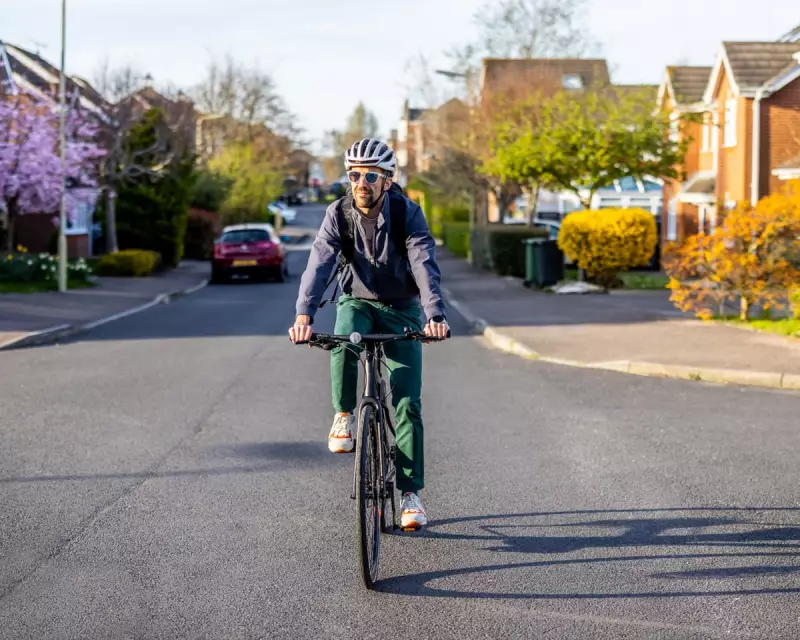
In what could represent a major shift in urban transport policy, new research demonstrates that lowering speed limits in built-up areas delivers significant safety benefits for cyclists with barely noticeable effects on driver commute times.
The Safety-Time Trade-Off That Isn't
The comprehensive study, analysing traffic patterns across multiple UK cities, found that reducing speed restrictions from 50km/h to 30km/h creates dramatically safer conditions for cyclists and pedestrians. Perhaps most surprisingly, this safety improvement comes at almost no cost to motorists' journey times.
"The findings challenge the long-held assumption that lower speed limits necessarily mean significantly longer travel times," explained the lead researcher. "In urban environments with frequent stops and congestion, the difference is measured in seconds per journey, not minutes."
By the Numbers: Safety Meets Practicality
The research reveals compelling statistics that support the case for widespread adoption of 30km/h limits:
- Cyclist safety improves by approximately 25% in 30km/h zones compared to 50km/h areas
- Average car journey times increase by less than 30 seconds for typical urban commutes
- Pedestrian collision severity decreases dramatically at lower speeds
- Traffic flow often improves due to more consistent speeds and reduced stop-start driving
A Growing Movement for Safer Streets
This research arrives as cities across the UK and Europe increasingly embrace "20's Plenty" style campaigns advocating for lower urban speed limits. The data provides concrete evidence to support what many cycling advocates have long argued: that small reductions in speed create disproportionately large safety benefits.
"When we talk about 30km/h versus 50km/h, we're not just talking about numbers on a sign," noted a transport safety expert not involved in the study. "We're talking about the difference between a survivable incident and a fatal one. This research shows we can choose safety without sacrificing practicality."
The Road Ahead
With urban cycling participation continuing to grow and cities striving to meet climate targets by encouraging active travel, this research provides policymakers with robust evidence to support safer street design. The minimal impact on motorists suggests that objections based solely on journey time increases may be significantly overstated.
As one city planner commented: "This isn't about punishing drivers—it's about creating streets that work better for everyone. The data shows we can have both safety and efficiency."





